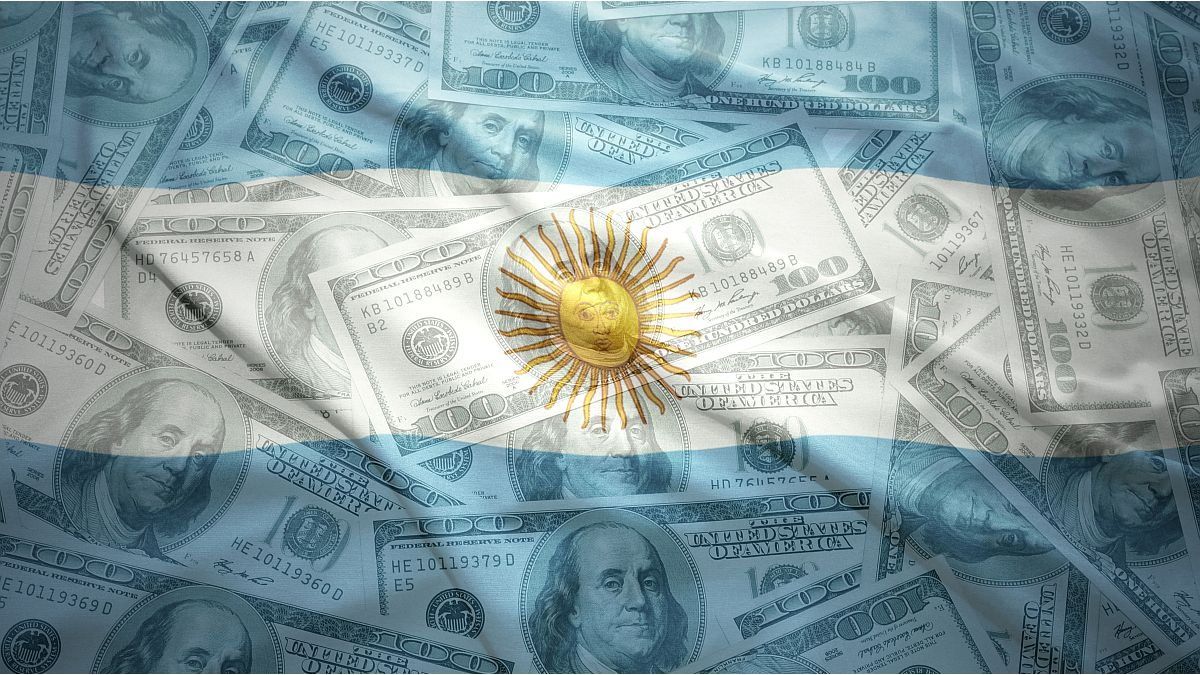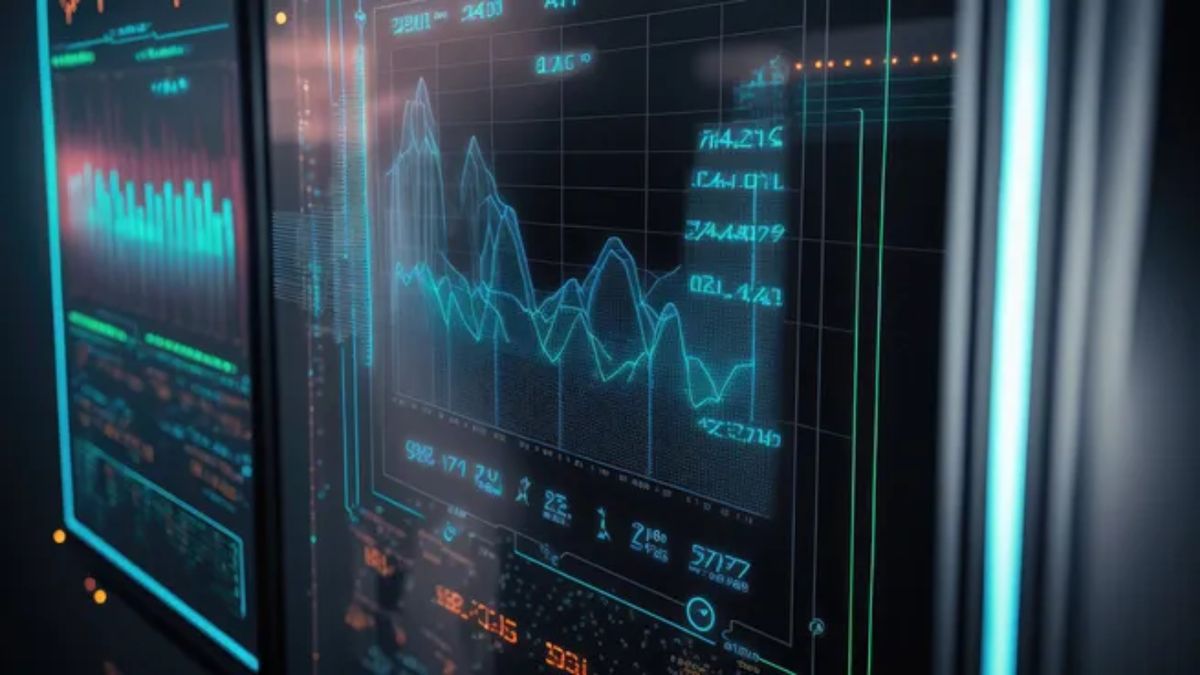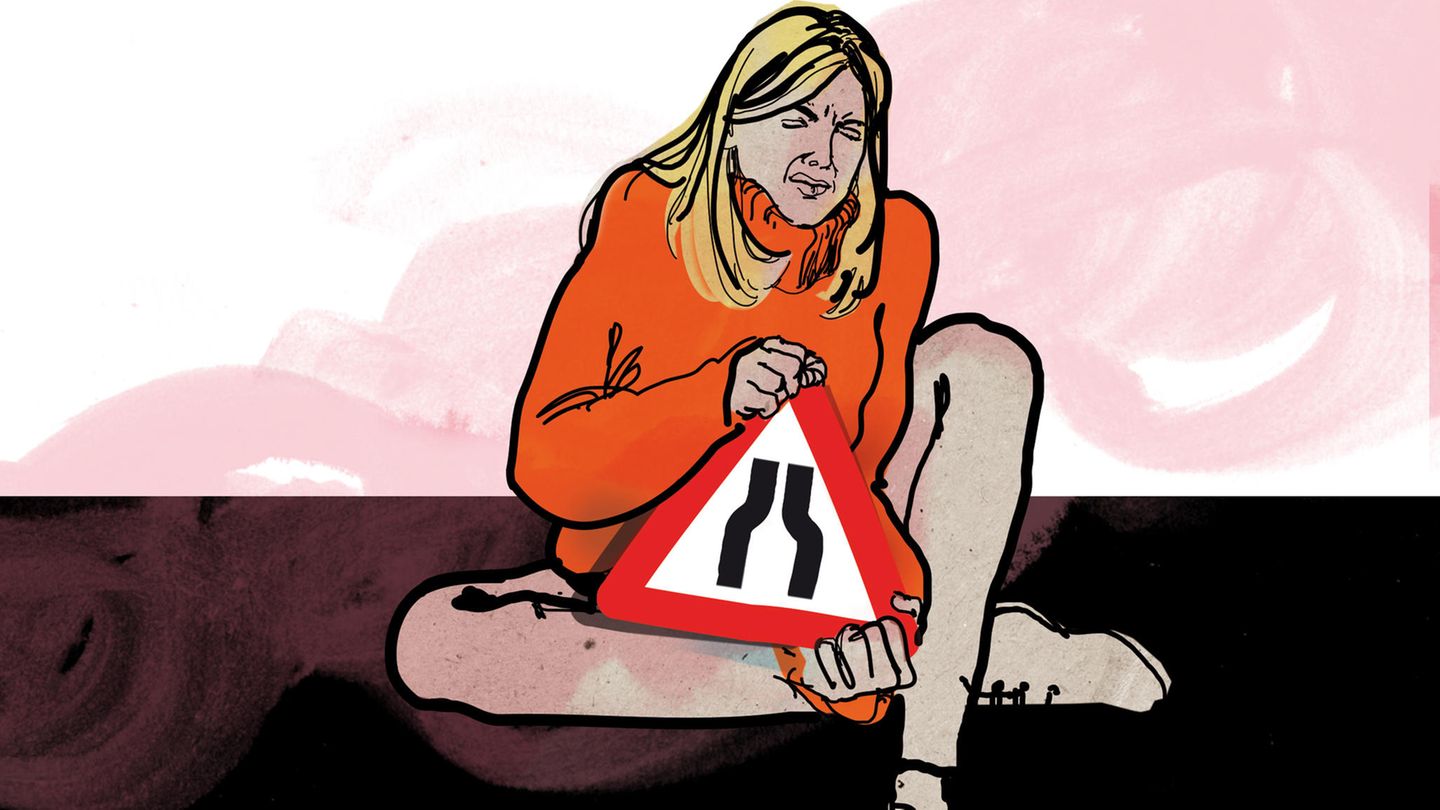In a classic 1988 article Kiguel and Liviatan They analyze different orthodox stabilization plans in Latin America, including three from Argentina. The lessons that emerge can be used to shed light on current experience.
One of them says verbatim: “The reduction in the devaluation rate is the dominant force to lower inflation.” In another passage, they mention that there is usually a drop in the real exchange rate with a deterioration in the current account of the balance of payments, that is, The country starts spending more in the rest of the world than it generates. From this combination it is deduced that inflation decreases as the rate of devaluation reduces, but not by much, hence the real exchange rate falls, that is, there is a loss of competitiveness through the exchange rate. Let’s see where we stand today.
Indeed, there has been a notable reduction in the inflationnot only returning to the level prior to the devaluation December, but achieving rates, still very high, but the lowest in two years; The result is also verified in the core inflation, which further reinforces the positive side of the evolution. It is inevitable to think that the government’s policy of moving the official dollar at 2% per month (“crawling peg”) explains a good part of this result; In fact, wholesale price indices, which essentially cover goods, grew around 3% monthly in May.
But you are inflation rates They exceed the movement of the official dollar, which implies that the real exchange rate is falling and the key question at this moment is to what extent this process can continue. This doubt creates a problem: It is speculated that this fall will have to be reversed with a future devaluation, which contains the supply of foreign currency and increases the chances of this devaluation occurring.
The lower volume traded in the official exchange market since mid-May would seem to support this dynamic but, What was the reason for it? It coincided with all the comings and goings around the basic law and the fiscal package in Congress, But does this have anything to do with what happens with the exchange rate?
Here it is convenient to quote another lesson from Kiguel and Liviatan: “This policy (the one of least devaluation) is always abandoned with (or after) the increase in the fiscal deficit. It seems difficult to question the conclusion that in Argentina the basic cause of the failure of stabilization programs is the inability to persist in the contraction of the fiscal deficit. This is the main lesson of the history of inflation stabilization in Argentina.”
The debate over the dollar: is there an exchange delay?
The link between the fiscal perspective and the future evolution of the economy appears clear. exchange rate: the debate in Congress deteriorated expectations of the fiscal situation (a factor also evidenced by the rise in country risk) and with it the expectation of devaluation. With the modified approval in the Senate, the country risk decreased and the supply of foreign currency improved, but doubts persist because the income tax and the personal property reform were eliminated, thus maintaining uncertainty.
However, Will the final approval of these projects be enough to clear the exchange horizon? Probably not: the sword of Damocles is the famous central bank debt, previously called Leliq and now passive repos+puts, which is also a form of fiscal deficit; This means that, following Kiguel and Liviatan, this is also part of the fiscal perspective that must be corrected if the stabilization plan is to be successful. The replacement of repos by Treasury debt is an important step but, to the extent that it implies a greater conventional fiscal deficit, it makes the sanction of a good fiscal package in Congress even more necessary. The puts remain, as the president recently pointed out, but with them there is a circular aspect again: The better the fiscal outlook in general, the less likely they will be executed, and therefore, the lower the expectation of devaluation.
Thus, all roads seem to lead to Rome: the key is to generate the expectation that the government will be able to maintain fiscal discipline, which once again reinforces the importance of the fiscal package and the basic law. But, it could be argued, that not everything is an expectation for the fiscal: The real exchange rate has already reached a very low level, which will limit the supply of foreign currency structurally and this can only be resolved with a new devaluation.
This brings the discussion to the topic of “equilibrium real exchange rate”, that is, one that is compatible with both the need to generate foreign currency and full employment. Is the exchange rate already late? Looking back, we are at levels that historically are not entirely comfortable, that is, there is not much time that we can continue to sustain a rate of depreciation lower than inflation. So, is a new devaluation inevitable? It is a scenario that unfortunately cannot be ruled out but if it were to occur, How would the film continue? There is a lot of short-term and voluntarist analysis going around suggesting that this would resolve the delay, but what would you think would happen to prices? Or did they not see its evolution after the December devaluation? Devaluing would be like returning to the beginning of this note, so, what would be the key to success for the post-devaluation? Persistence in fiscal adjustment again.
This explains why the government tries so hard to deny that there will be a new devaluation. It has to do it, even if it did not believe it, to maintain the supply of foreign currency as much as it can and keep inflation down, but it does so knowing the problems that another devaluation would entail and trying another path: that of improving competitiveness through the reduction of costs. This melody sounds like the ’90s and Convertibility, and for many it is horrible. But I think there are important differences this time.
The factors that avoid a devaluation
On that occasion the only possible cost reduction was through recession and lower wages; There was no room for anything fiscal because the fiscal deficit could no longer be financed. Now there is a fiscal surplus and the basic law and the fiscal package will help its consolidation, which would lower taxes and improve competitiveness: all roads lead to Rome. But there is more. The economy of the ’90s was already very deregulated due to the initial reforms applied by Menem and Cavallo, but in today’s Argentina everything remains to be done. Can it be achieved? It cannot be guaranteed but there are reasonable chances. Yes indeed: Each day that passes will be more difficult since if the real exchange rate falls to an exaggeratedly low level, unfortunately I believe that devaluation will be inevitable.
Now, if devaluation can be avoided, after? I consider that exchange rate rigidity is not good in the long term for Argentina. I believe that we can aspire to what other countries in the region have: a macroeconomically ordered regime with a flexible exchange rate that allows us to adjust to the changing international scenario. I understand that for many our particular history suggests not betting on this and cutting dollarization altogether, but I think the key is fiscal: if we can persist in fiscal discipline, we have a chance of avoiding that outcome. What does it depend on? Essentially politics: it is not enough for the current president to defend it, it has to be a state policy. Will it be possible?
Economist. Director of C&T Economic Advisors and professor of Monetary Economics and Argentine Economy at the UCA.
Source: Ambito
David William is a talented author who has made a name for himself in the world of writing. He is a professional author who writes on a wide range of topics, from general interest to opinion news. David is currently working as a writer at 24 hours worlds where he brings his unique perspective and in-depth research to his articles, making them both informative and engaging.




